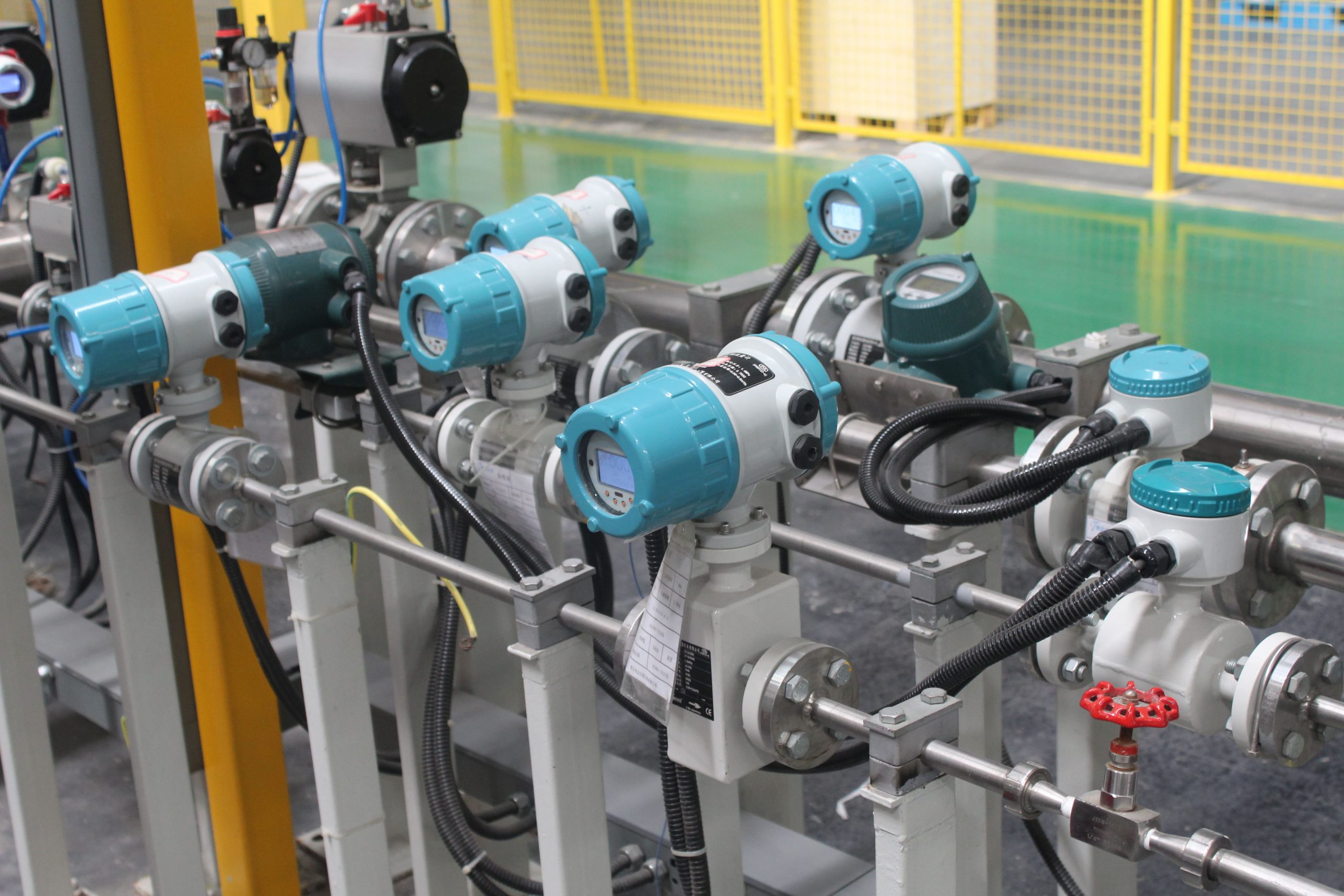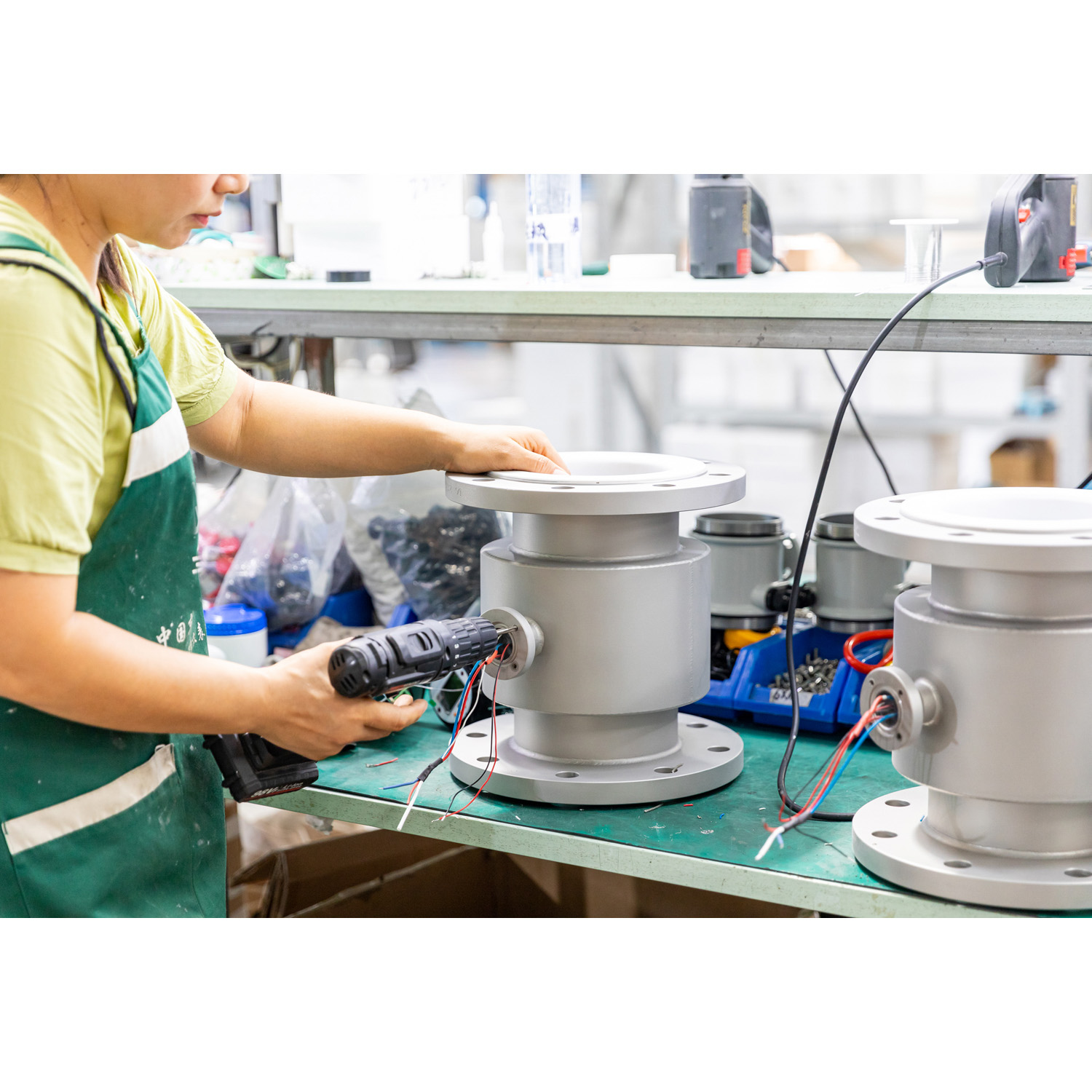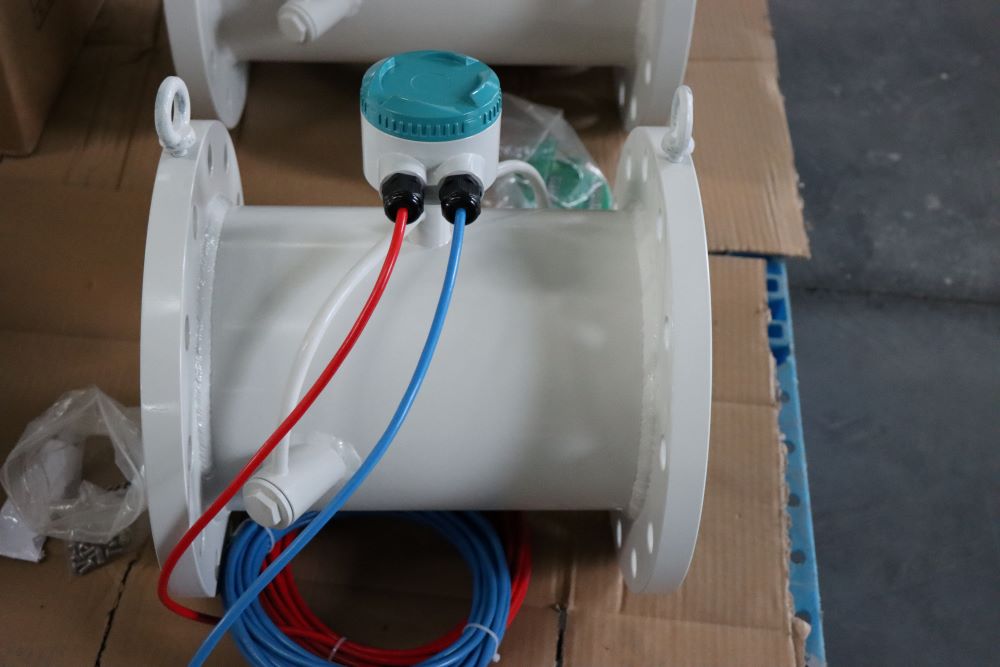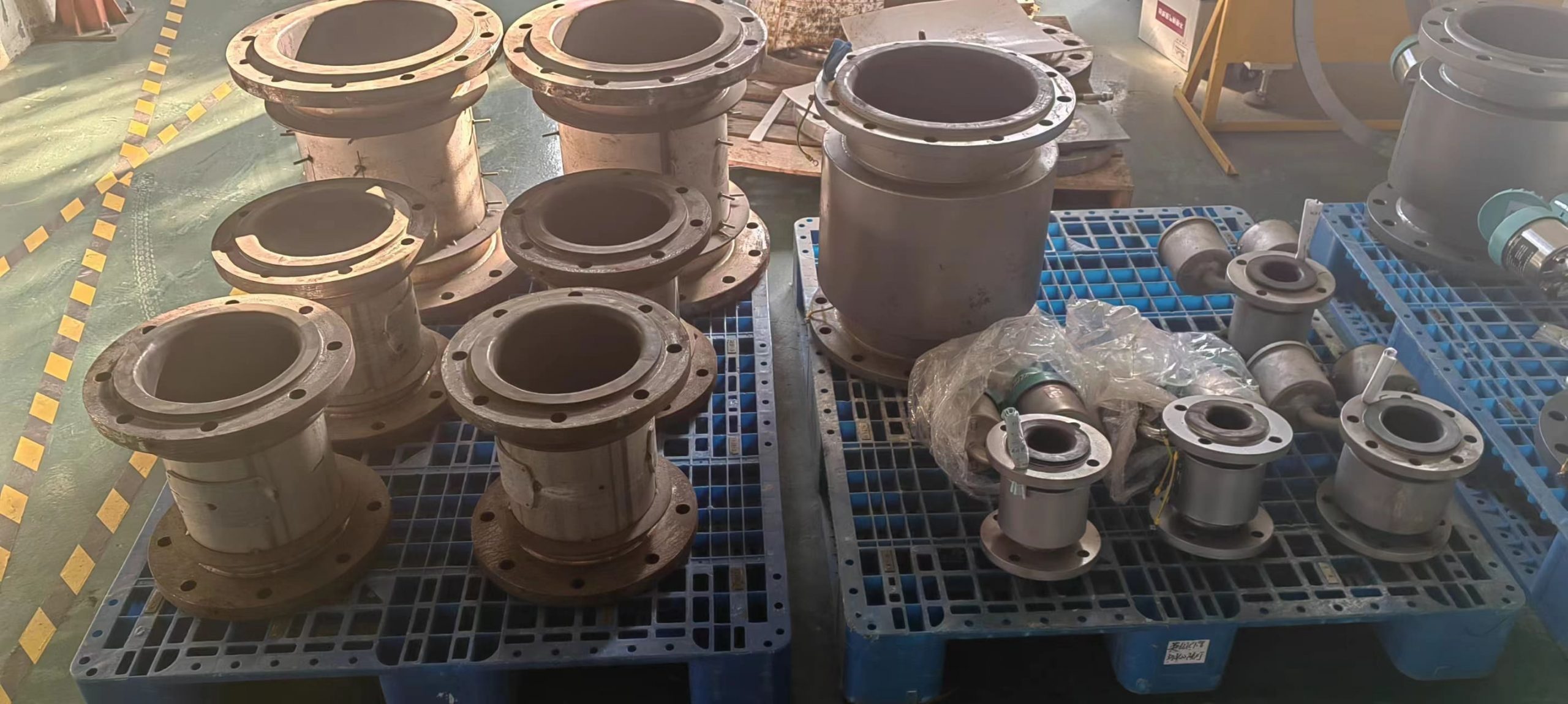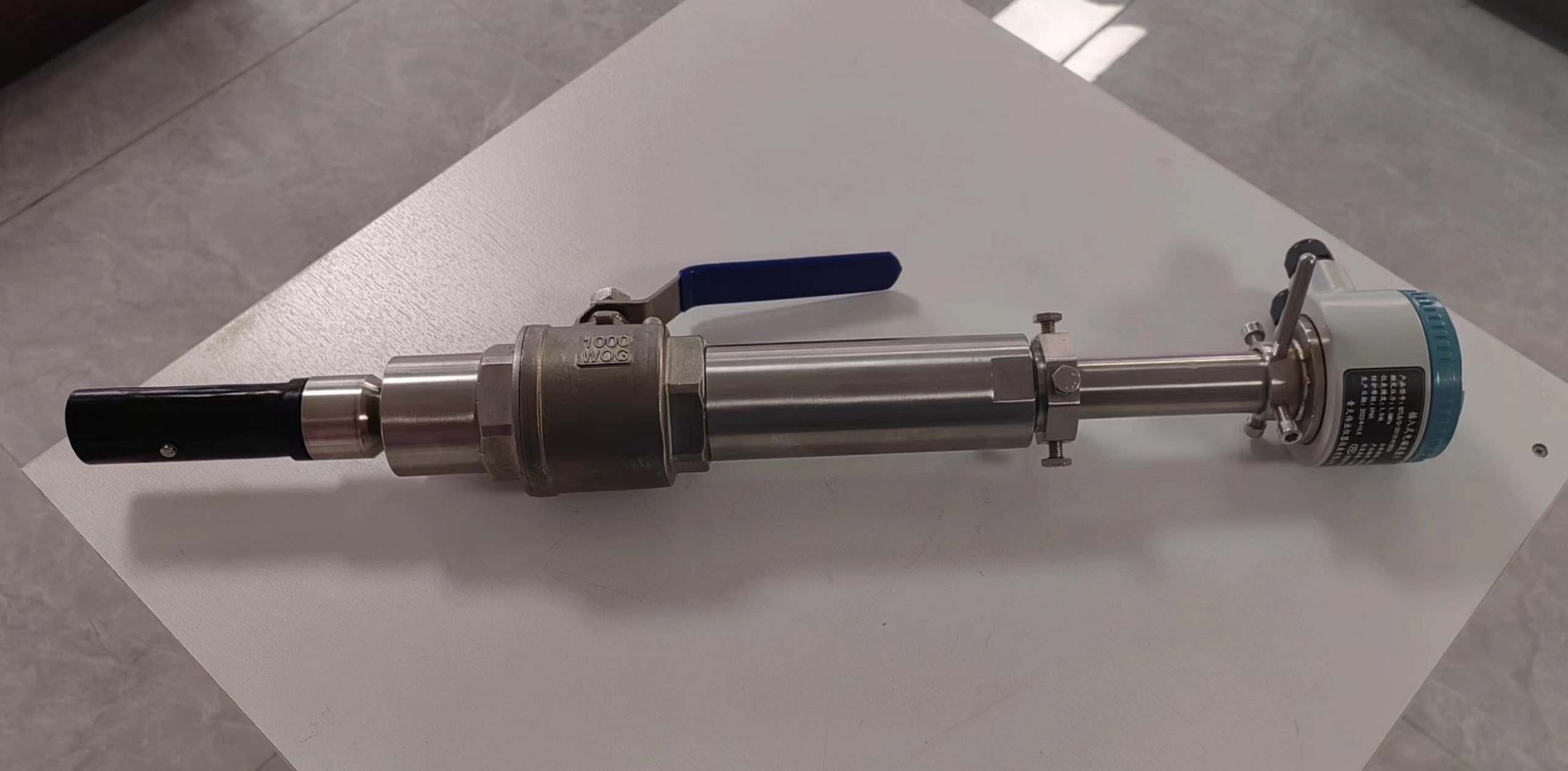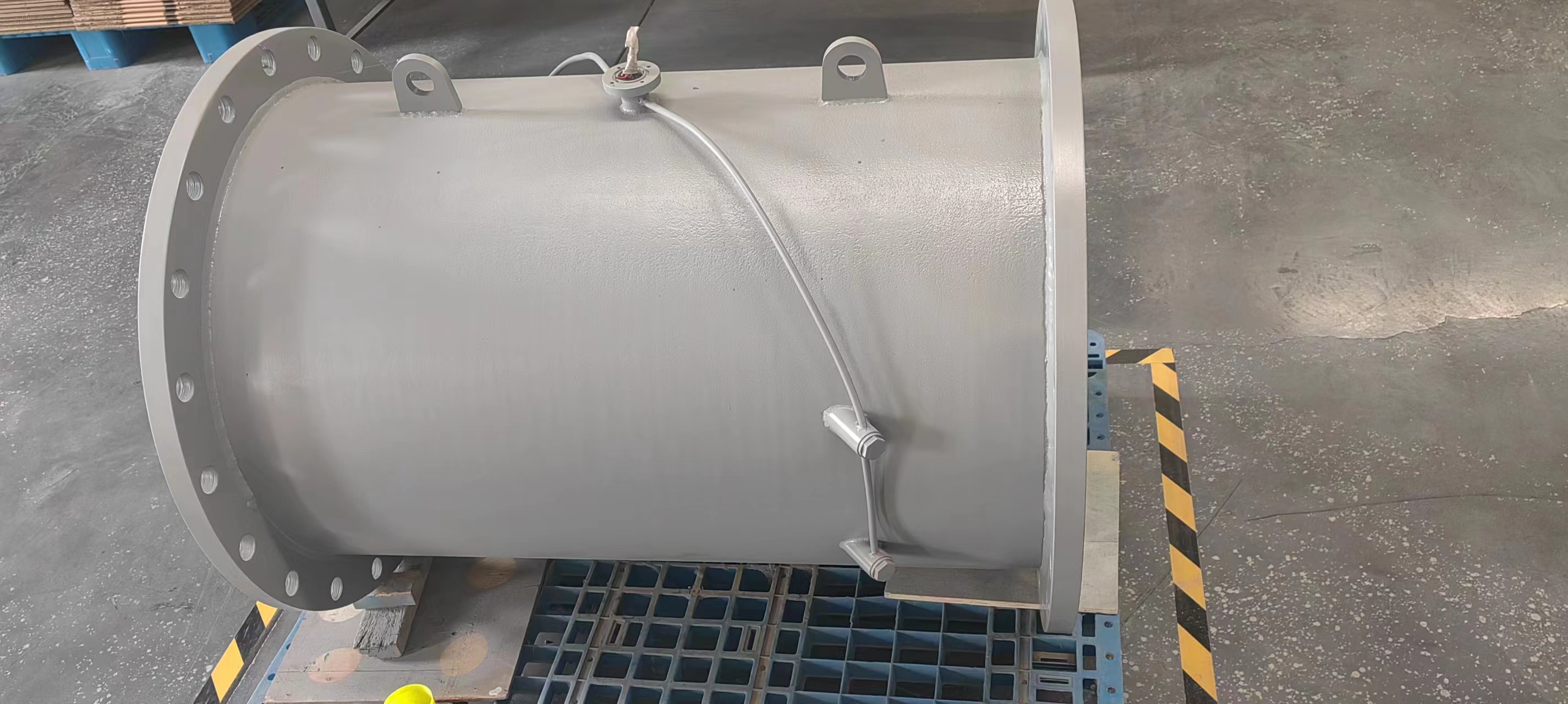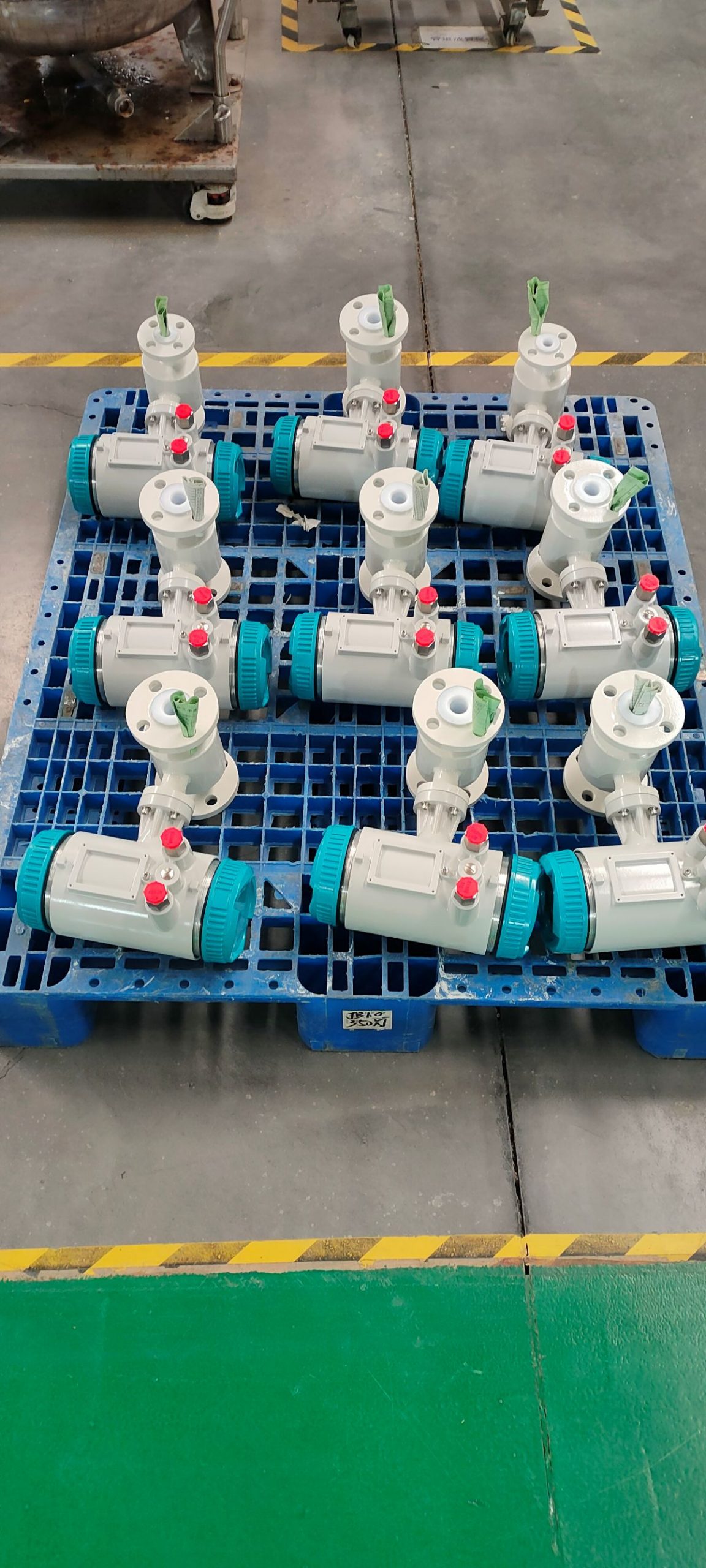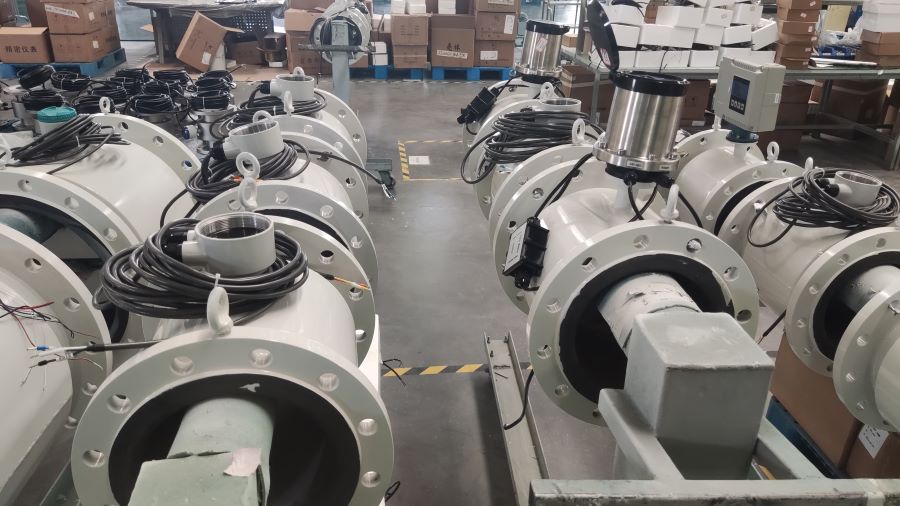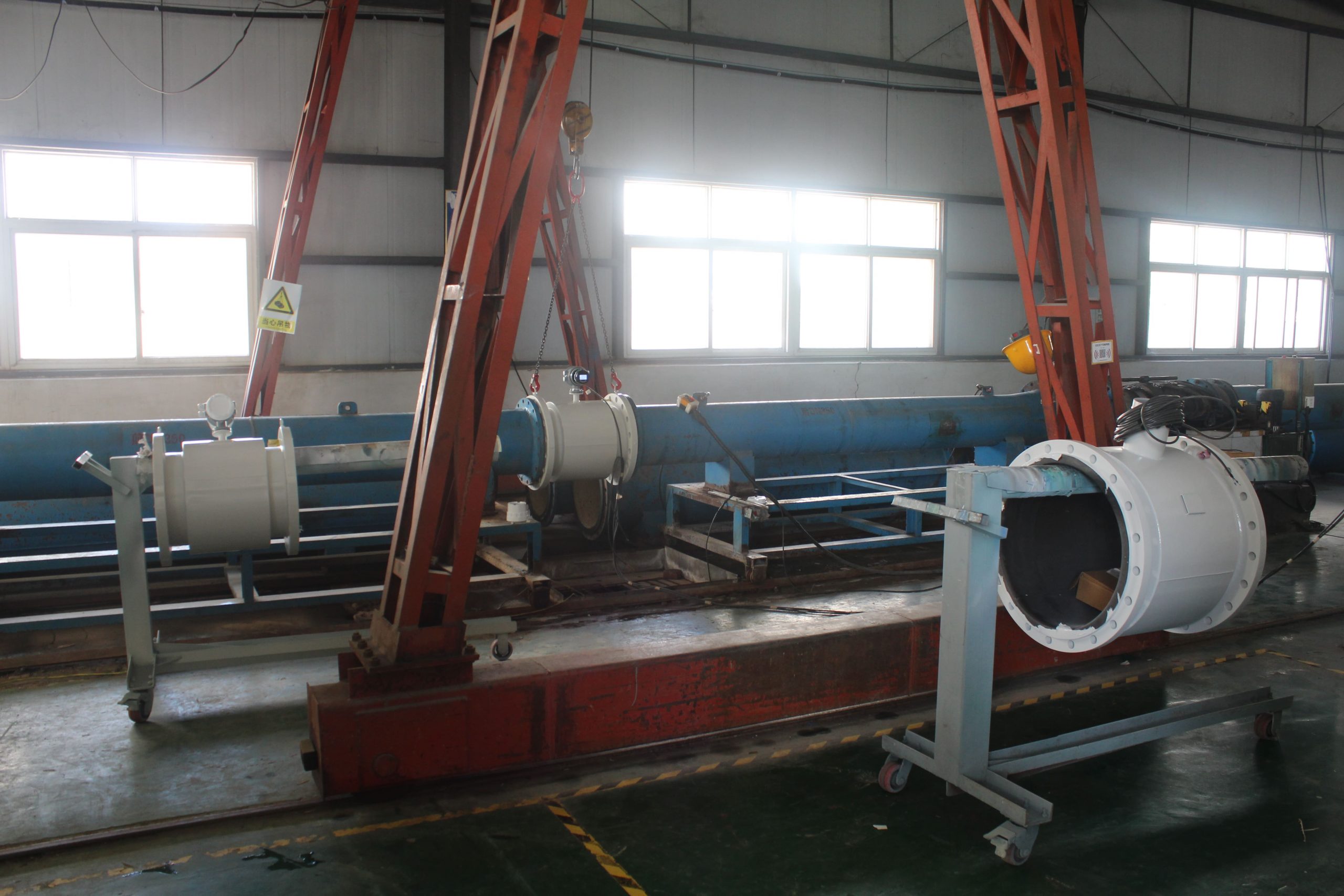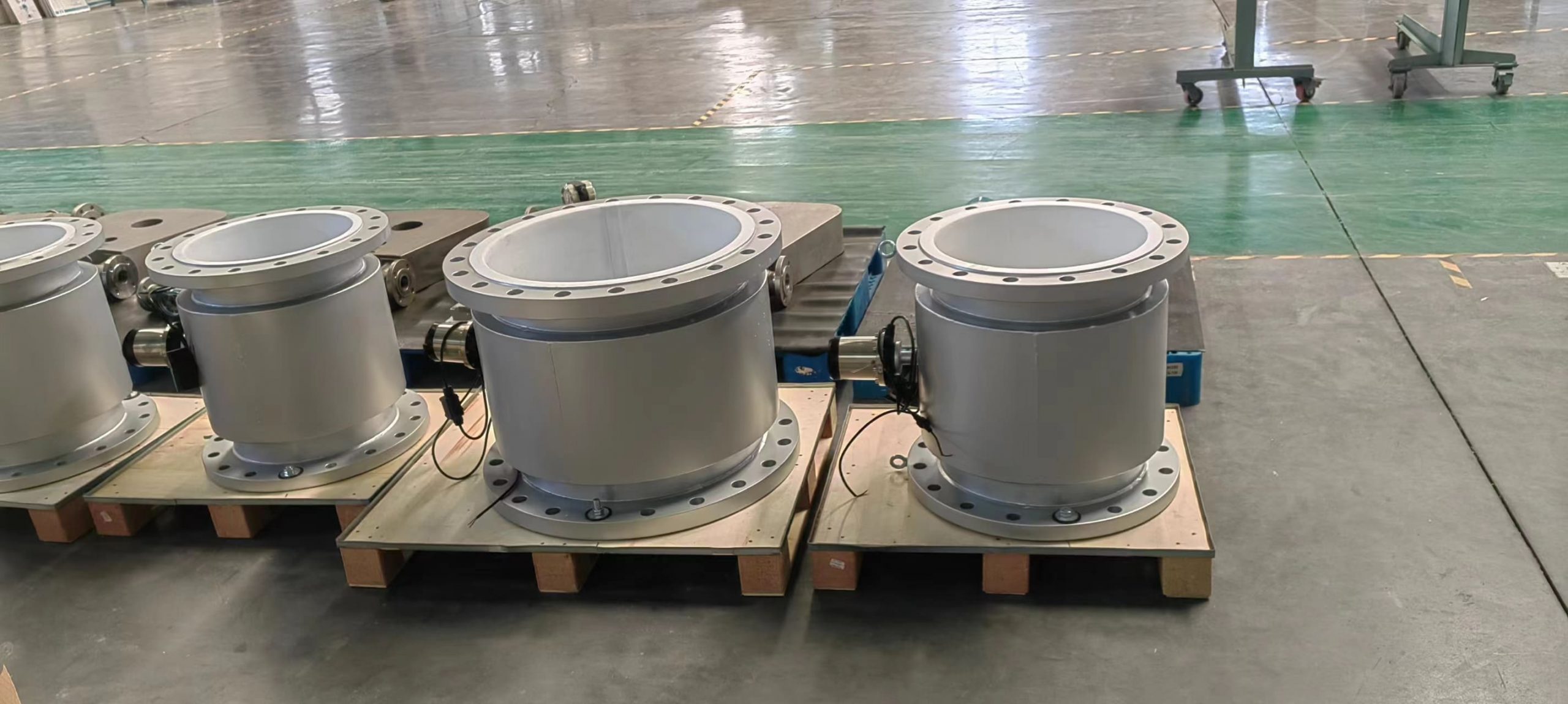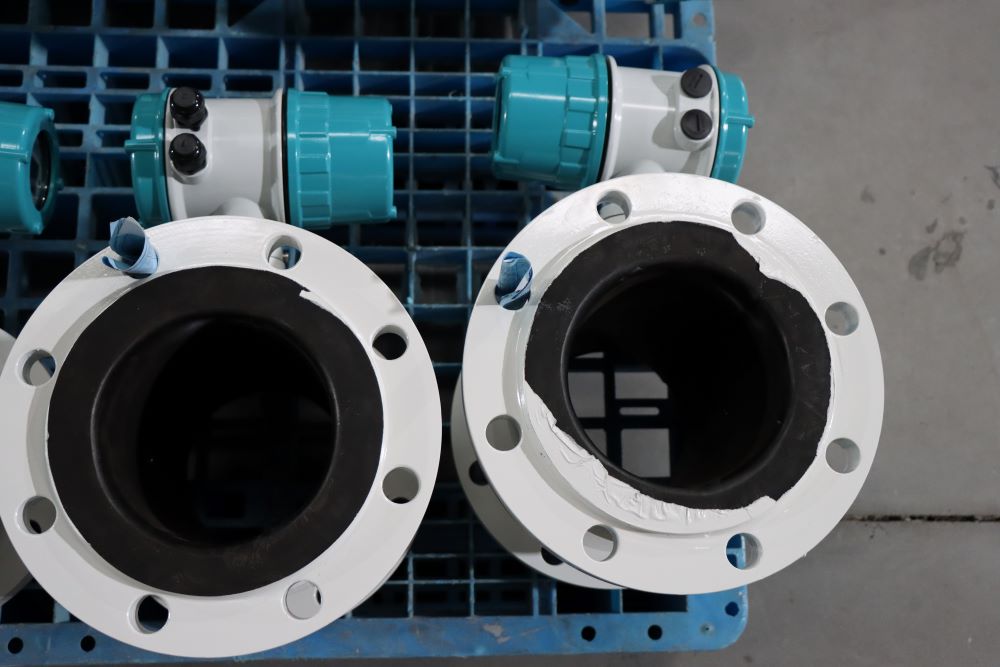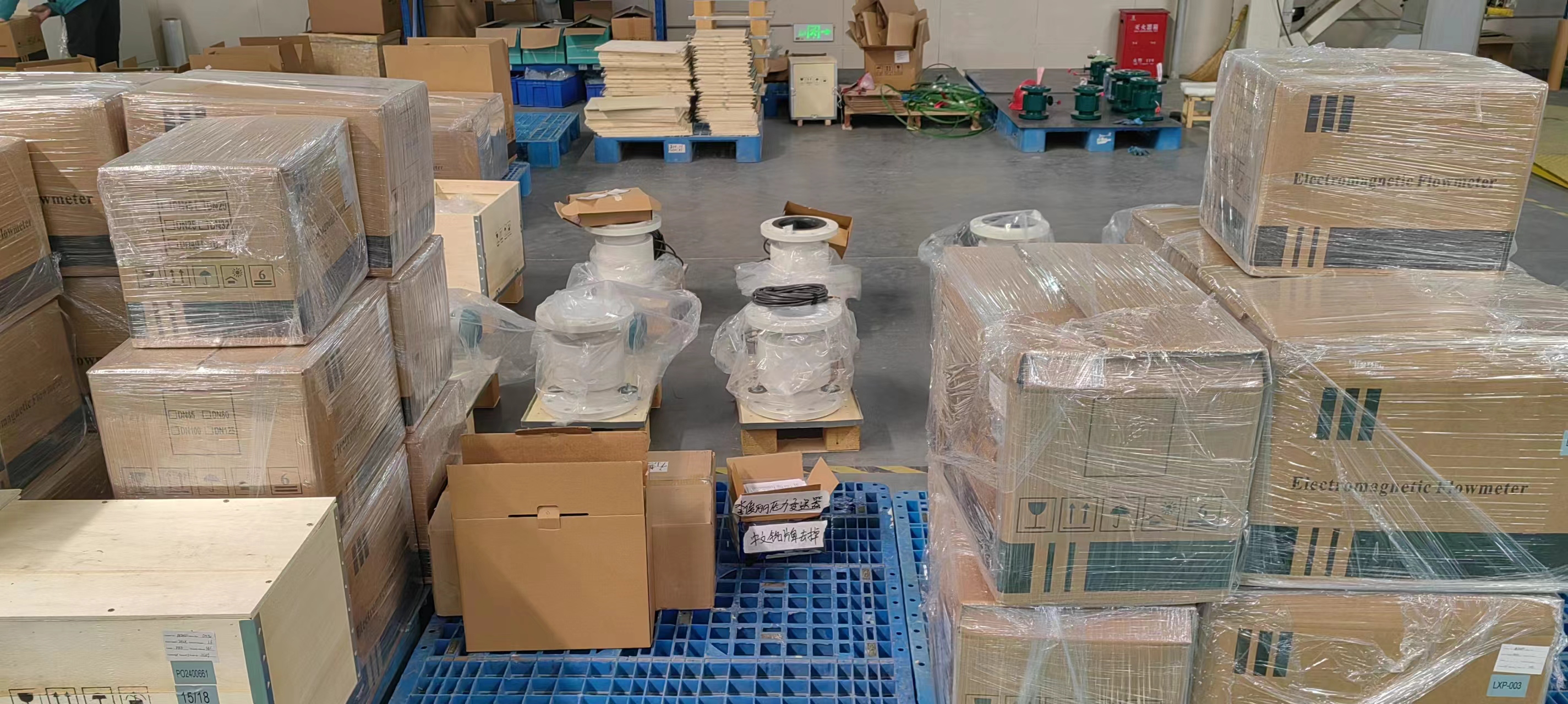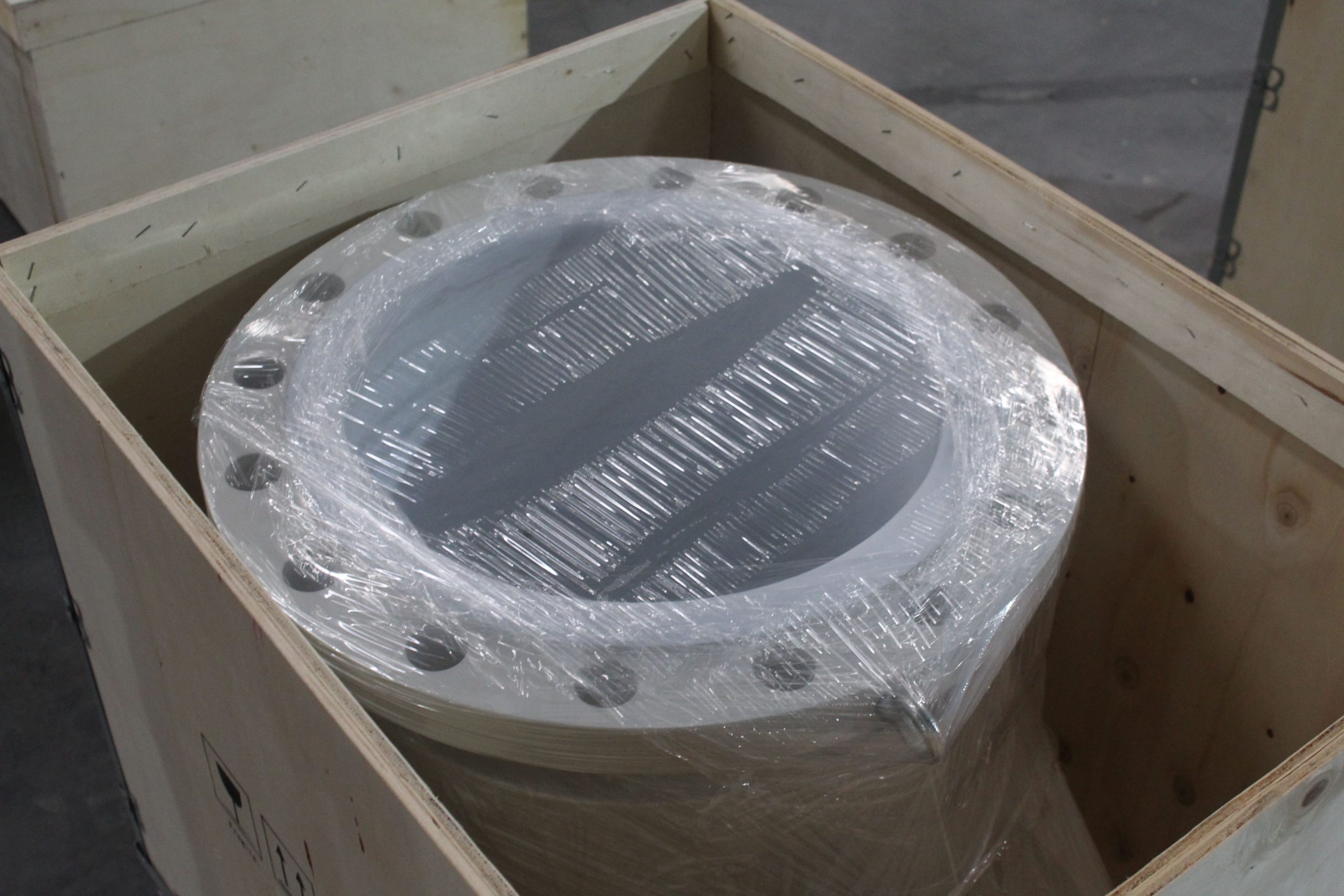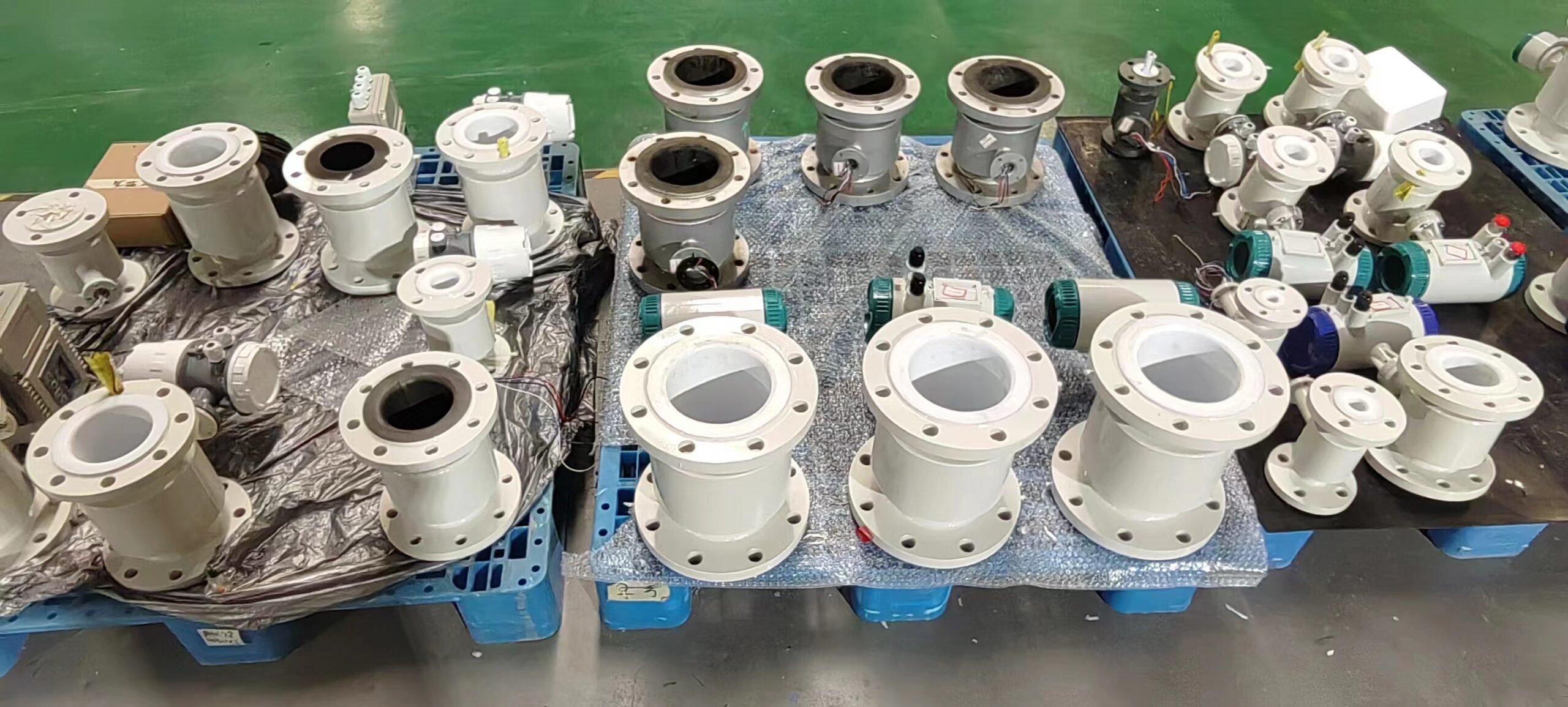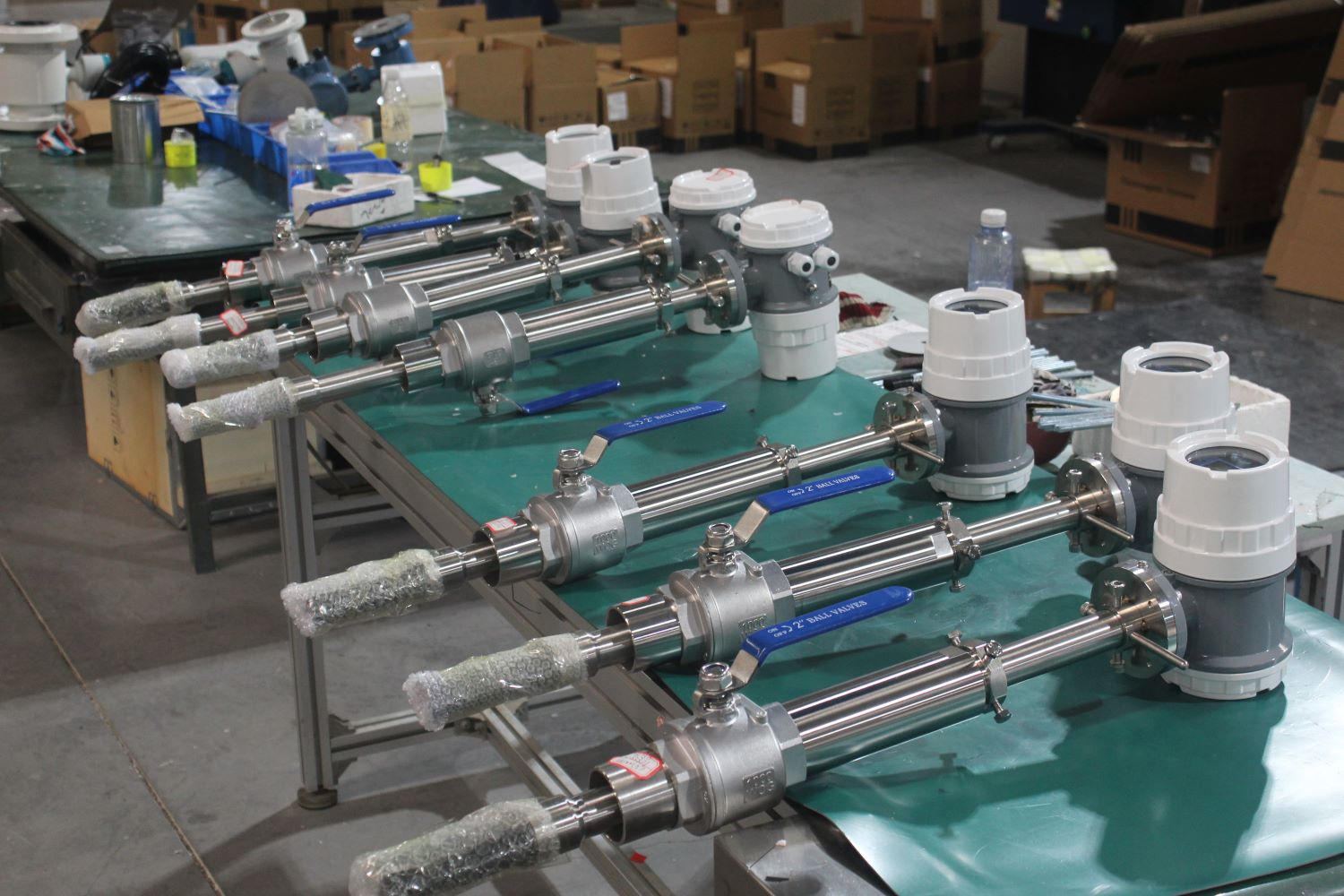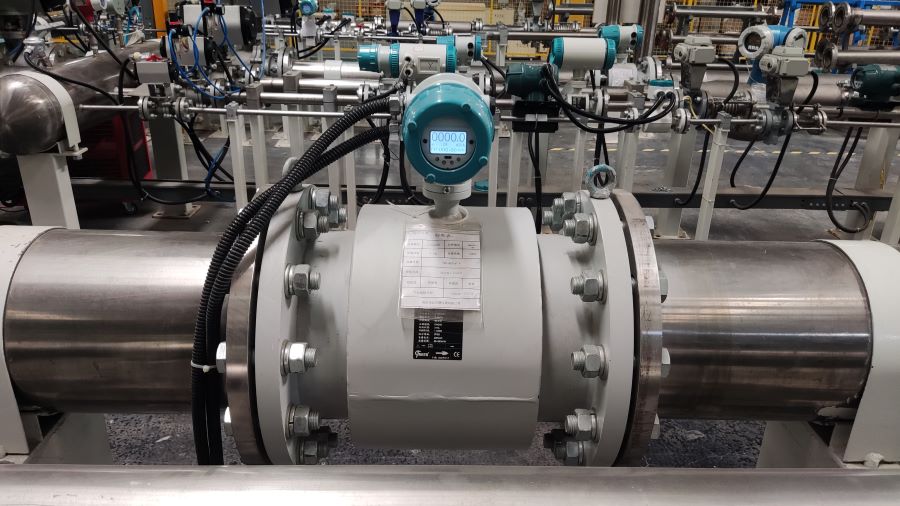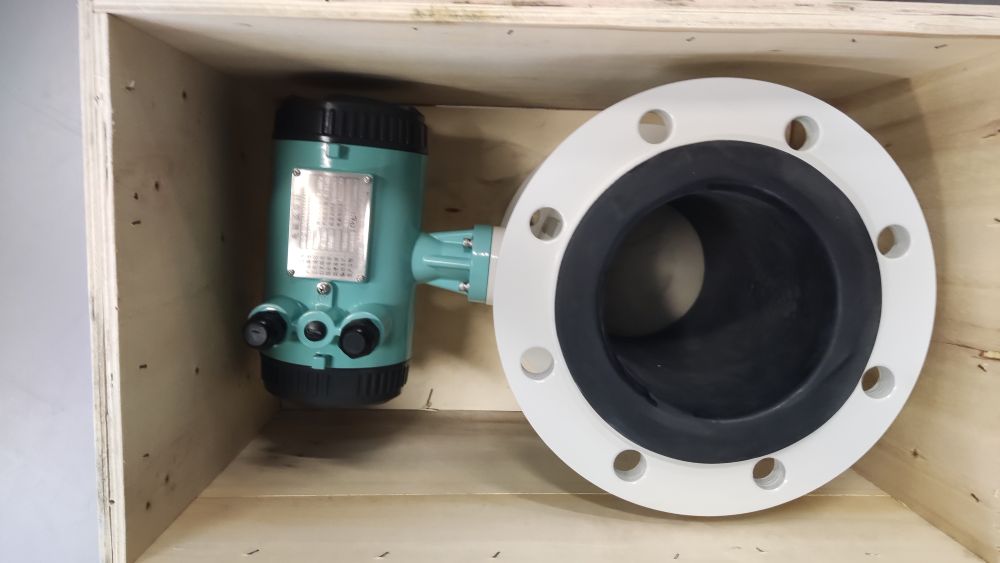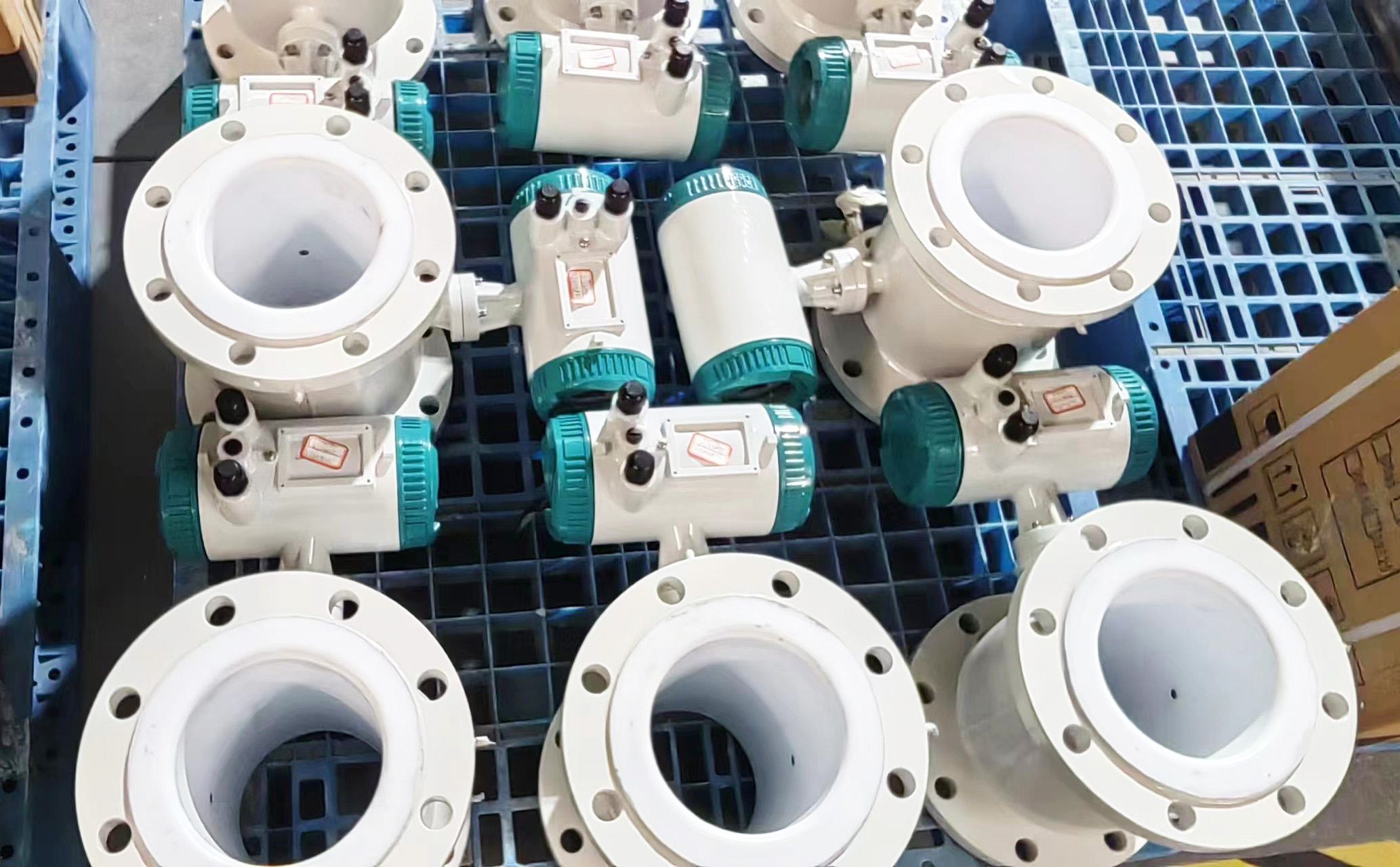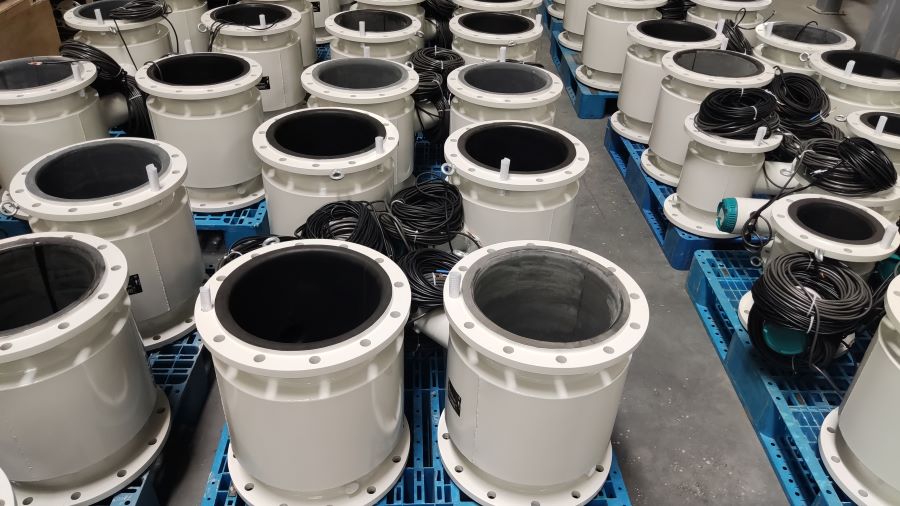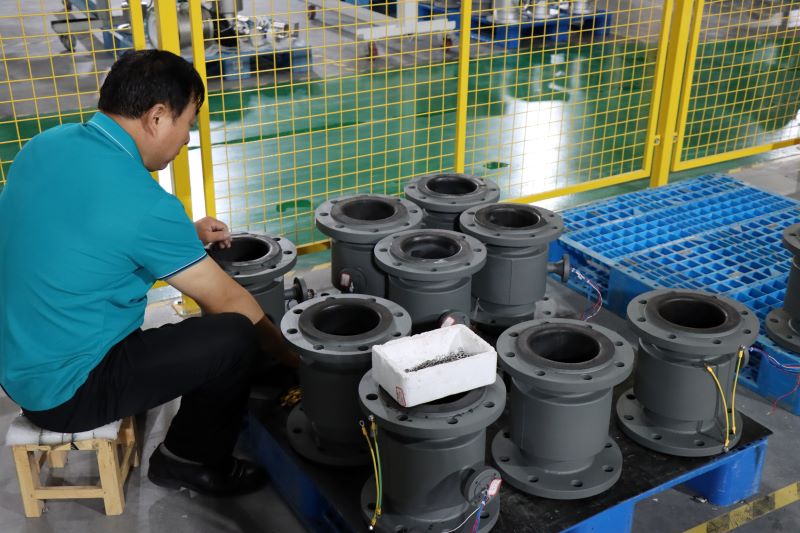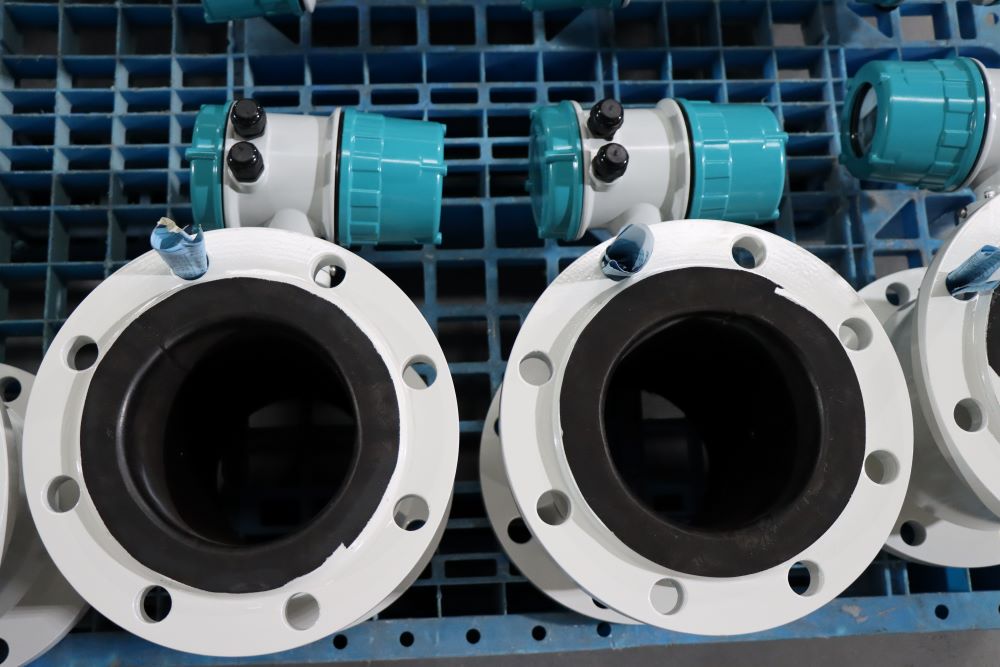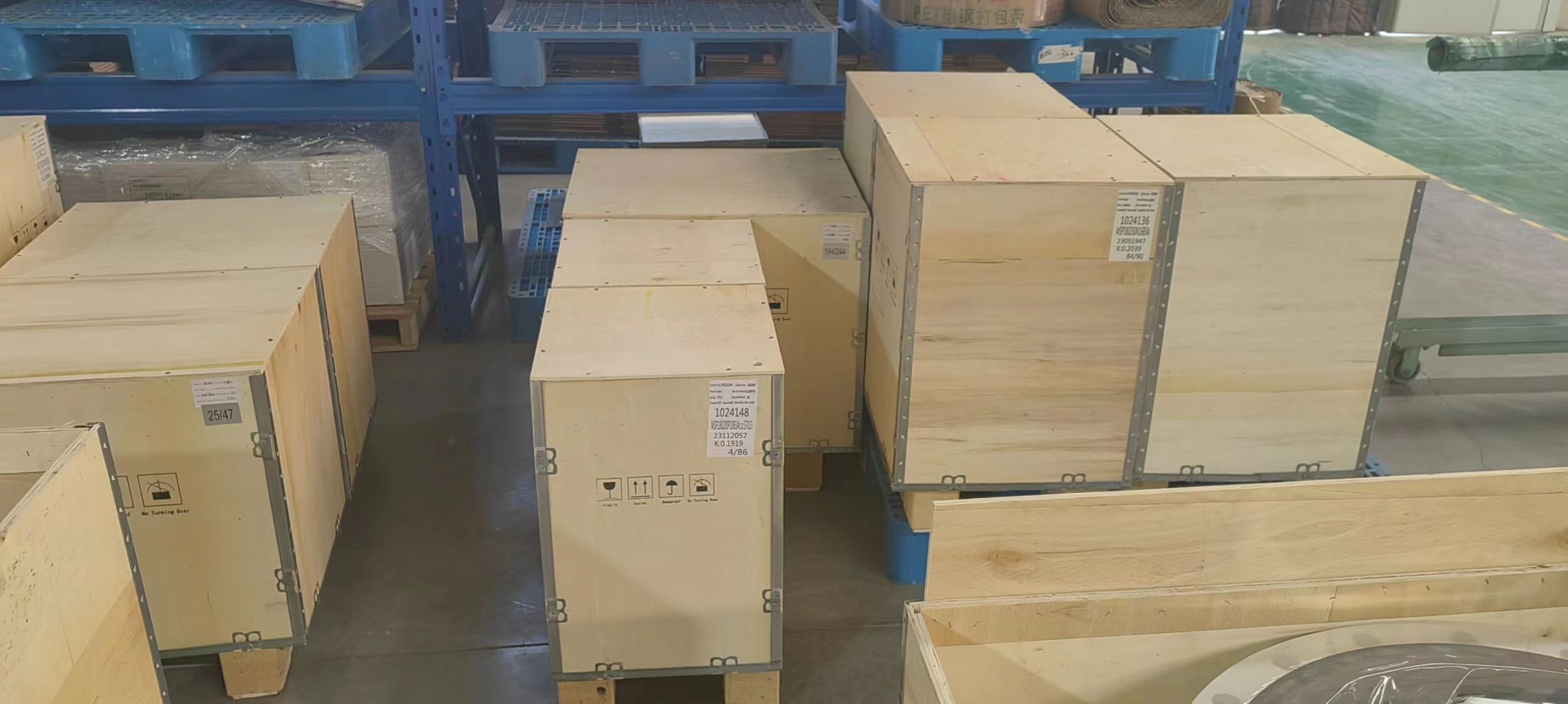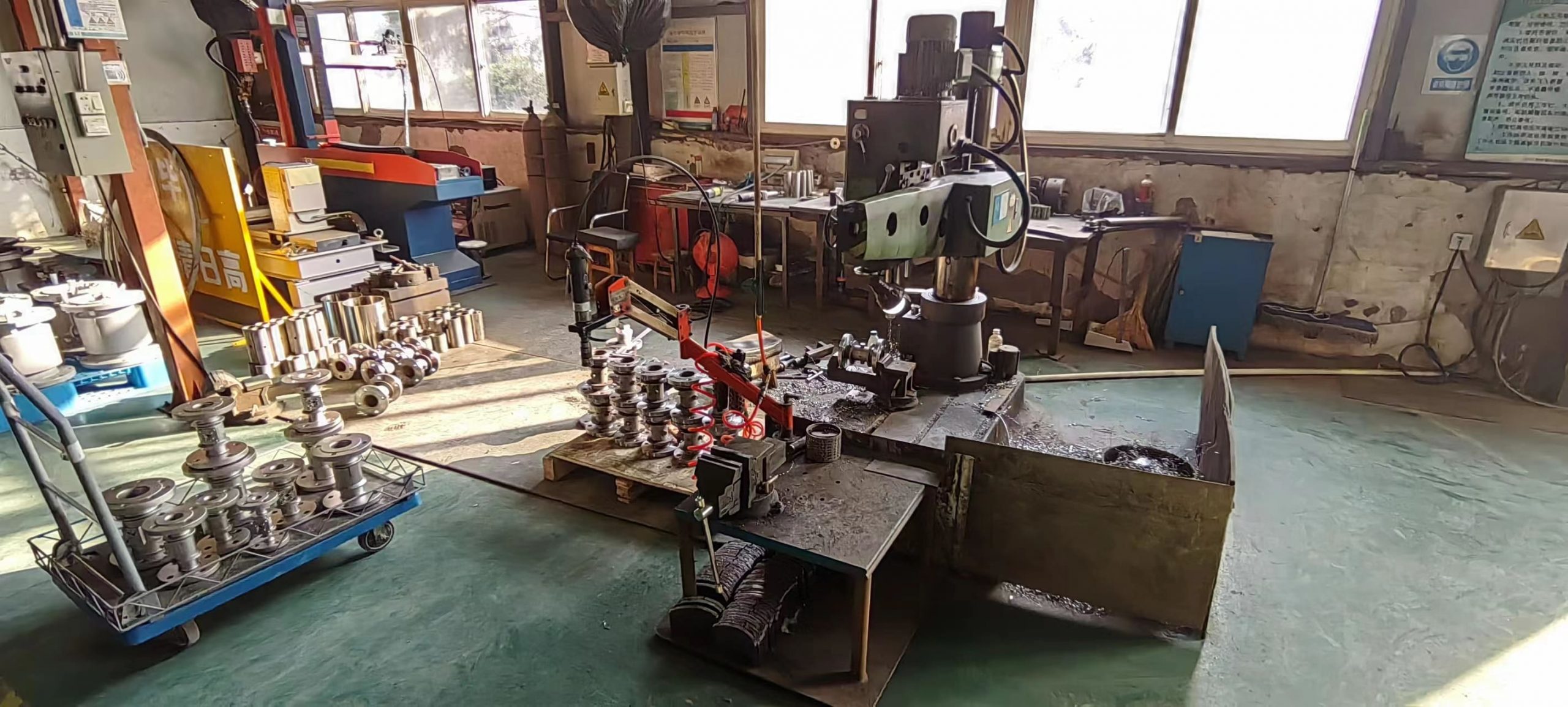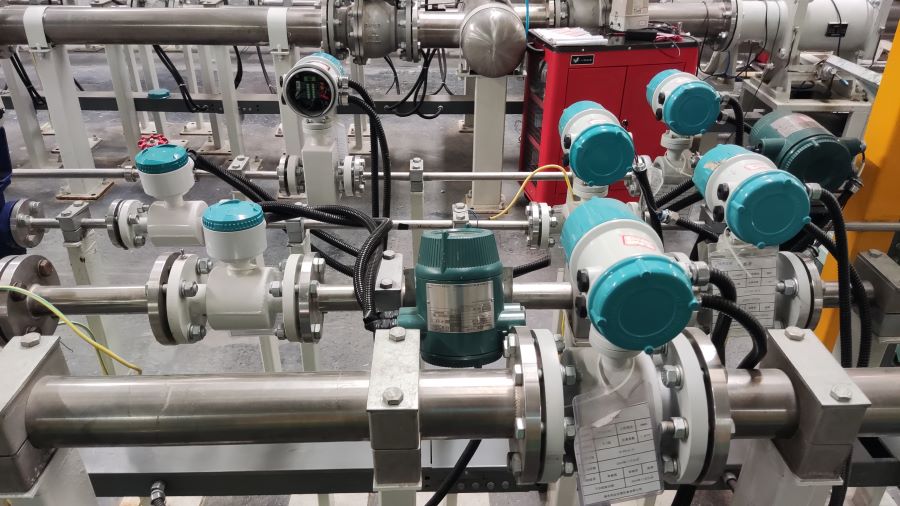How to solve the problem that electromagnetic flow meter signal is too weak
Electromagnetic flowmeters generally operate normally for a long time without maintenance after installation, and then require maintenance and daily inspection.
Not receiving the signal or the signal is too weak is a minor problem. So there is no surprise, carefully do the following steps can be solved.
1, first confirm whether the pipeline is full of fluid;
2, if the pipe is too close to the wall, the probe can be installed on the diameter of the pipe with a tilt Angle, rather than on the horizontal pipe diameter, the Z method should be used to install the probe;
3, carefully select the dense part of the pipeline and fully polish bright, apply sufficient lotus mixture to install the probe;
4. Carefully move each probe near the installation point of the electromagnetic flowmeter to find the signal point to prevent the installation point that can receive a strong signal from being missed due to scaling on the inner wall of the pipeline or due to local deformation of the pipeline that causes the ultrasonic beam to reflect the expected area;
5, the electromagnetic flow meter inner wall of the metal pipe serious scaling can be used to hit the scaling part off or crack, but it should be noted that this method sometimes because of the scaling and the inner wall between the gap and do not help the ultrasonic transmission.

